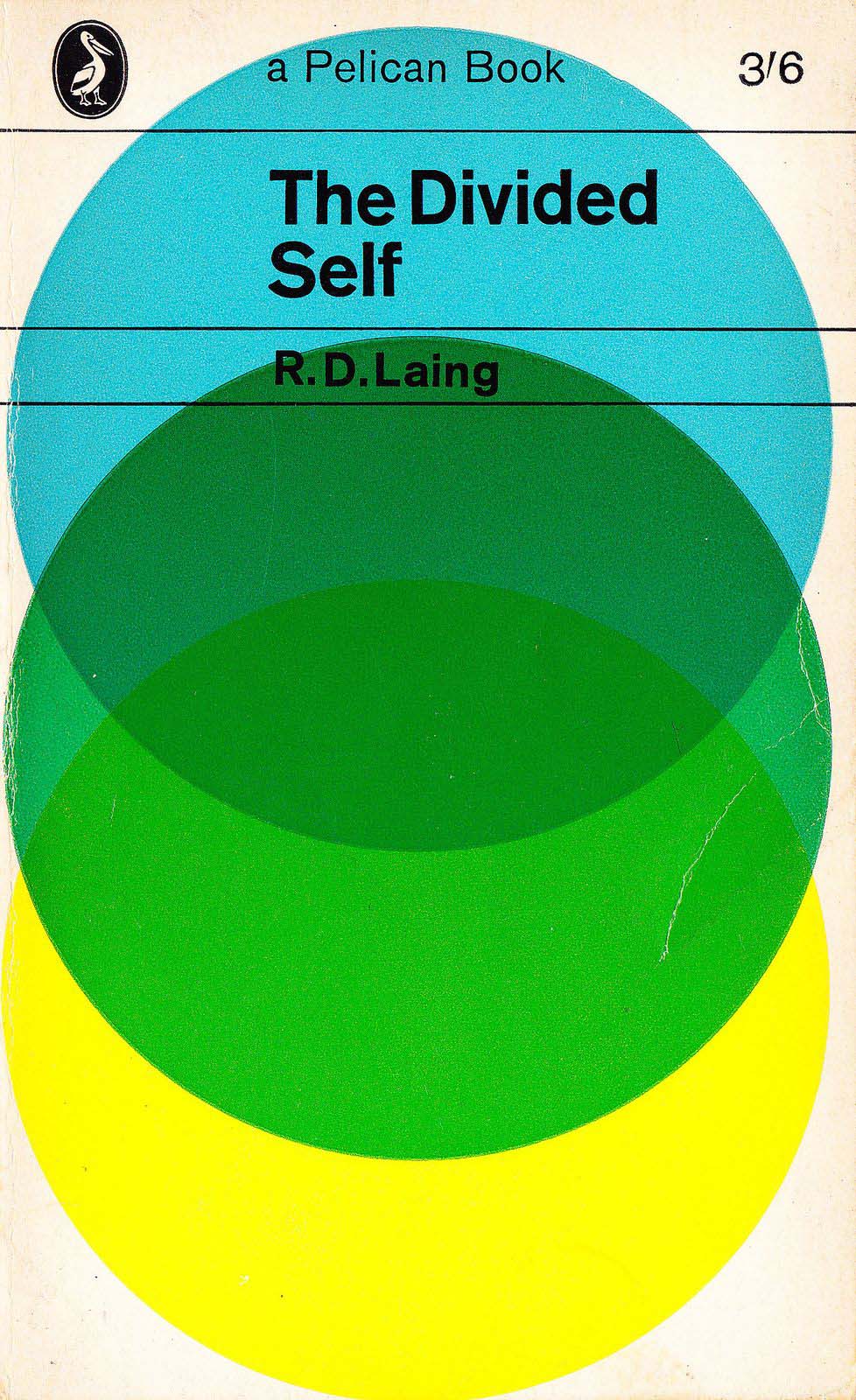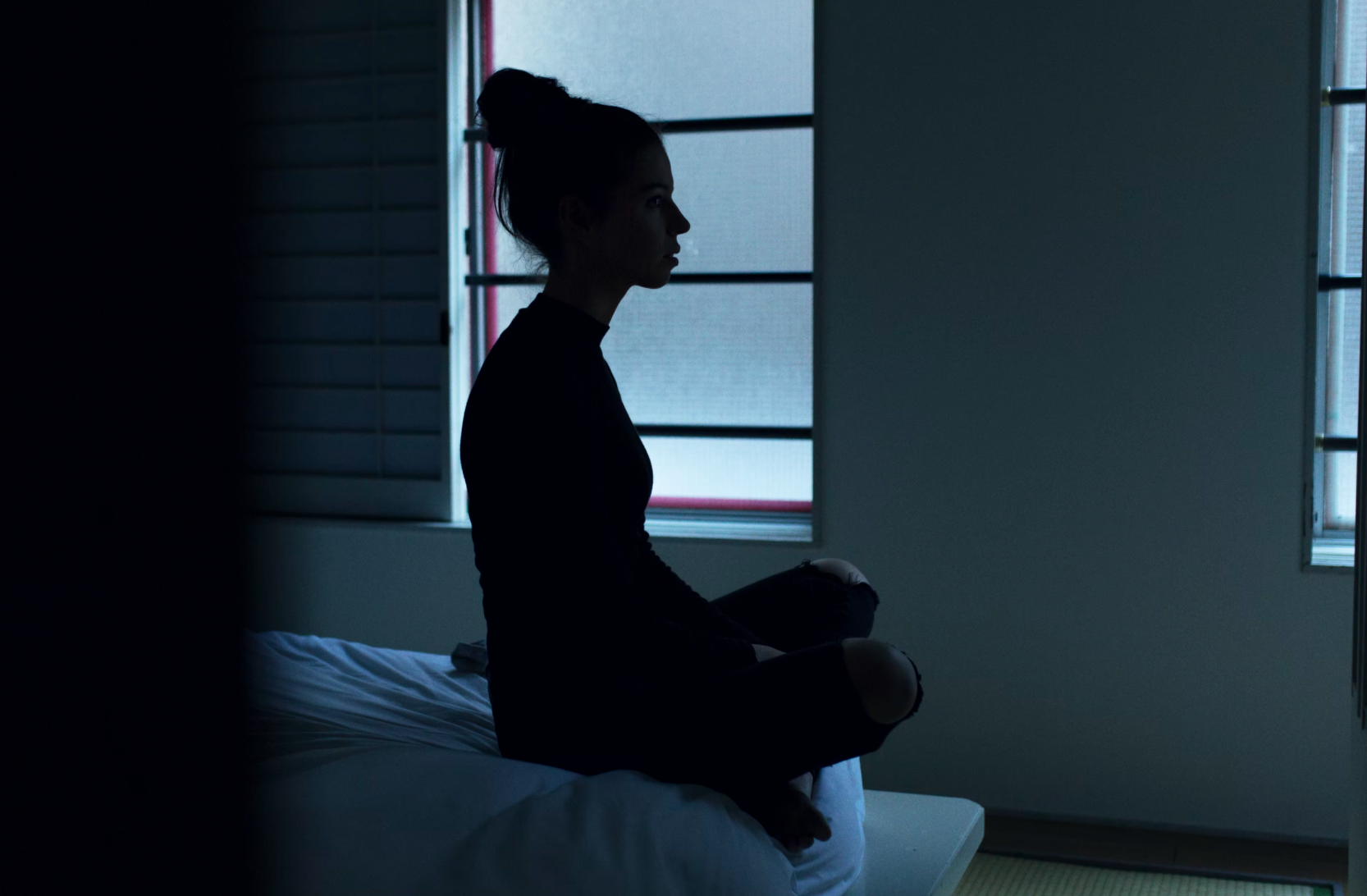- Opinion
- 10 Oct 22

No one can dispute the fact that we are in a world of pain – and that, for young people in particular, it has been greatly exacerbated by the cynical manipulations of social media algorithms. But rather than getting sucked into focussing on the down-side, it might be a lot more productive to believe in our collective resilience…
We are, it’s said, beset by a mental health pandemic. But what, exactly, is mental health? Is it the same as sanity? And what, then, is insanity? And where does wellbeing fit into the puzzle? Is it to the brain, and personality, as physical fitness and beauty are to the body? Does our current sense of crisis reflect a darkening of the world and the people who inhabit it – or is it as much or more about changes in our perceptions of mental health and ill-health? Perhaps it’s both.
HUGELY SIGNIFICANT INFLUENCER
Things seemed simpler in 1960 when RD Laing published The Divided Self. Nowadays we’d call him a disrupter. He was 28 when it was published. By the time he died in 1989 the book had sold 700,000 copies in England alone. It has been translated into more than thirty languages.
The Divided Self was a countercultural phenomenon, a text that challenged the prevailing orthodoxy of mental illness and its treatment.

Advertisement
It wasn’t a book for specialists. Rather, it was aimed at the wider public, an early example of popular science writing.
Eschewing the mainstream psychiatric perspective of a detached outsider, Laing set out to understand psychosis from the inside out, working from case studies. He argued against a medical model of mental illness and questioned the use of antipsychotics. On the other hand, he was in favour of legalising cannabis.
He asserted that the mentally ill were as completely human as the professionals who classified and treated them, and that a psychiatrist had a duty to communicate empathetically with patients.
These views found a ready audience in the countercultural 60s. He became a celebrity.
We must acknowledge a tragic undertow. Laing himself was alcoholic and depressive. And his own family life was pretty chaotic. He fathered six sons and four daughters with four women over a period of 36 years.
In 2008, his son Adrian, said, “It was ironic that my father became well-known as a family psychiatrist, when, in the meantime, he had nothing to do with his own family”.
His oldest child Fiona spent years in mental institutions and was treated for schizophrenia. And his son Adam, a man of melancholic temperament and himself an abuser of alcohol and drugs, was found dead in a tent on the island of Formentera having died, like his father, of a heart attack.
Advertisement
Tragic indeed. But nonetheless, RD Laing’s reputation as a hugely significant influencer on psychiatric practice remains.
CATASTROPHIC COLLAPSE
Laing is (still) best known for his belief that mental illness is a sane response to an insane world.
He wasn’t the first to say so. It was a common theme among playwrights and diarists in London in the 17th and 18th centuries including Shakespeare, in Hamlet and Macbeth and King Lear.
It also featured after the Hospital of St Mary of Bethlehem was rebuilt following the Great Fire of London. Popularly known as Bedlam, from the outside it was like a mini-Versailles and became a tourist attraction in its own right.
But it was a façade and a badly built one at that. It let in water and crumbled faster than a mica-built house in Donegal.
Inside was chaos and cruelty. Its inmates were very badly treated.
Advertisement
 The Hospital of Bethlehem [Bedlam] at Moorfields, London. Credit: Wellcome Library, London.
The Hospital of Bethlehem [Bedlam] at Moorfields, London. Credit: Wellcome Library, London.In 1699, satirist Thomas Brown wrote that the design made you wonder “whether the persons that ordered the building of it, or those that inhabit it, are the maddest.”
Bedlam also offered an excellent foil for those pointing to the madness of the wider world.
Two years after the catastrophic collapse of the South Sea Company, a (possibly fictional) visitor to the hospital commented that “All the World became a Bedlam, and London and Westminster made but One great Mad-House.”
That was in 1722 but it might well have been written last week, and not just about Westminster. But I digress…
UNTRAMMELED GLOBAL BABEL
For all the positive changes that have occurred since Laing published The Divided Self, and there have been many, in truth, the world today is in a much more parlous state. And, because of the relentless cycle of news via-our phones, we are more aware of just how fragile things are.
Advertisement
If mental illness is indeed a sane response to an insane world then Mama, we’re all crazy now.
Look around you. It’s bedlam out there.
There’s the madhouse of social media. And, increasingly, mainstream media too often swim in the same waters.
Think of the incessant and very often raging and abusive posts and trolling on myriad platforms; the spitting fury, racism, homophobia, narcissism, and the promotion of far-right propaganda.
And then think of commonplace attacks on referees, road rage and random acts of violence.
There is a generalised despair, fear and grief over – variously – war, climate change, incompetence and complacency, aggression, drug abuse, criminality, the hollowing out of our living spaces, the cost of rent…
The cost of living in general is a huge worry for very many. High-octane reportage has been extremely troubling for older people in particular.
There are other more nebulous but sometimes deeper pressures.
Advertisement
The ideal and the possible are now confused; as are desire and entitlement.
We might all want a perfect world, including an ideal partner, career, apartment or house and lifestyle but is anyone entitled to all of these things?
And if all of these elements don’t materialise, should we be depressed and angry and looking for the metaphorical head of the person, institution or system that “failed”?
There’s a whole multi-platform influencer industry dedicated to telling you how to recover from whatever ails you, so that you can live that best life.
And people listen. They take this kind of advice seriously and they try things.
It’s a cosmos unto itself, a vast and borderless universe of advice on all aspects of living the perfect life, of laying your demons to rest, minimising your fears and maximising your talents, getting beautiful skin, brewing the perfect pour-over coffee and explaining the multiverse in four sentences…
Life guides like this have always existed. And those most frequently dishing out the advice – priests! – had no more of a clue than you or me. But in recent years, this phenomenon has turned an untrammelled Global Babel, a Babylon of bullshit, a veritable Bedlam.
Advertisement

BUT I GET UP AGAIN
So how can we protect you in a crazy world? Well, here’s a thought: let’s go sane!
It’s no surprise that we hear so many calls today for more mental health services to help us cope and get back to living that fabled best life. And there’s absolutely no doubt that, like much else in health, the patchwork of provision is unequal to the task.
But this much needs to be factored into any understanding of what’s happening: sectors always big up the problems they face. It’s part of the merry-go-round of securing funding. Lamentable, but very understandable.
Maybe we’re missing something.
Think on it. What happens if someone posts that they’re a bit down, or very down?
Advertisement
Among close friends there is understanding and empathy and responses are framed by the intimacies of love and friendship.
But beyond that close circle will follow an avalanche of love-trolling, of hugs and likes and emojis and links to the vast advice nebulae.
To what end?
Ironically, it sometimes seems that the online wellness industry unintentionally helps to foster a toxic sense of un-fulfilment and angst …
Research conducted by Headstrong confirms that mental health issues rise through late teens and early 20s before mitigating. And, for sure, the Bedlam we are surrounded by teems with trauma and terror. But it remains true that not everyone needs a counsellor or a therapist. Far from it. And the more people we can get to declare themselves in that cohort the better for all.
Psychologist Adam Phillips is almost as well-known today as RD Laing once was. In his book Going Sane, he ponders why we emphasise the decline into mental illness and not the growth into mental wellness: that is, going sane, rather than going mad.
If we over-focus on the provision of services, and long-term individual counselling in particular, we risk missing out on one of humanity’s great inner strengths: group and individual resilience, sometimes called bouncebackability.
Advertisement
Chumbawamba wrote about it in the refrain of their great hit record ‘Tubthumping (I Get Knocked Down)’. In a way it is a simple idea, but there is a crucial kind of defiance involved, not least when it is delivered via-seriously rousing, non-judgemental, multi-cultural music, with a gender-bending video to match. “I get knocked down,” the chorus runs. “But I get up again/ ‘Cos you’re never gonna keep me down.”
That’s the resilient gene speaking. The ability to dust yourself off and start over is critical to human survival. When did we not need it? Never.
But, it’s true: we need that in spades these difficult days.
It’s time to start building it back.
Read more in the new issue of Hot Press.










